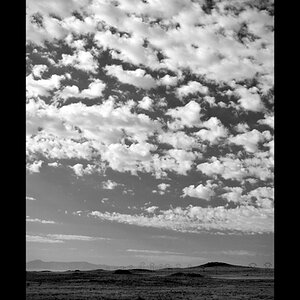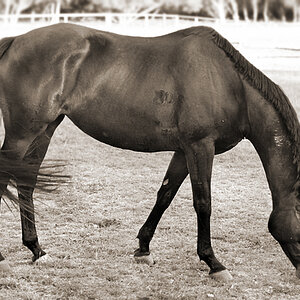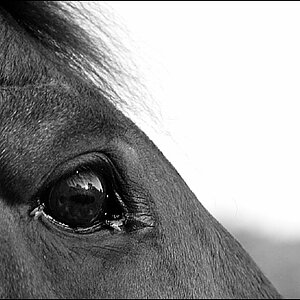Josh66
Been spending a lot of time on here!
- Joined
- Oct 31, 2007
- Messages
- 14,593
- Reaction score
- 1,239
- Location
- Cedar Hill, Texas
- Can others edit my Photos
- Photos NOT OK to edit
It's not a back-up.
It records what you did to the RAW, since you can't actually alter the RAW.
Edit one of your RAWs. Close PS, open it back up. All of your changes are still there.
Now, edit one, close PS, delete the .xmp file. Open PS back up. All of your edits are gone, you have to start from scratch on the RAW.
It records what you did to the RAW, since you can't actually alter the RAW.
Edit one of your RAWs. Close PS, open it back up. All of your changes are still there.
Now, edit one, close PS, delete the .xmp file. Open PS back up. All of your edits are gone, you have to start from scratch on the RAW.




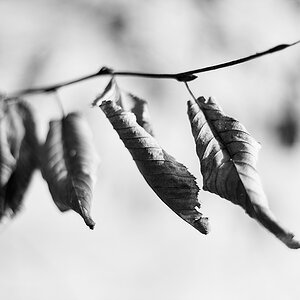


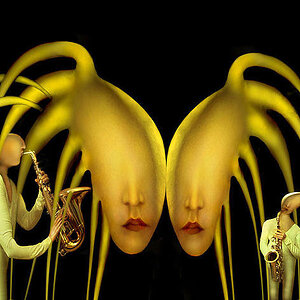
![[No title]](/data/xfmg/thumbnail/37/37614-3833b9d2e46075829c91cf9c0f47af69.jpg?1619738150)


